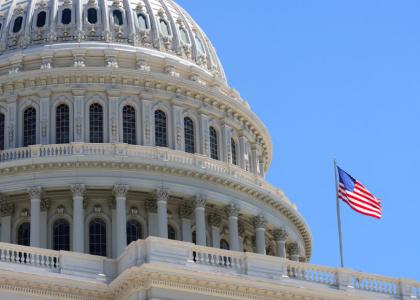A recent paper by Charles Withers and Robin Vieira from the Florida Solar Energy Center (FSEC) presents a fascinating story about the impacts of the Florida new home building energy code. The paper was presented at the recent Behavior, Energy and Climate Change conference.
Withers and Vieira compared the energy use of a sample of homes built to the 2009 Florida code with the energy use of a sample of homes built to the code in effect during 1984–1985. Previous FSEC building energy simulations had compared the 1984 and 2009 energy codes and predicted energy savings of about 50% for combined heating, hot water, and cooling energy use. But when Withers and Vieira compared actual energy consumption of 1984 and 2009 homes for these end uses, they found only a 7–13% difference (varying depending on what specific data they used).
Given such data, less rigorous researchers might have concluded that the Florida building code was not working well. Fortunately, Withers and Vieira were very scrupulous and realized that to fully evaluate this code, they had to look at more than energy consumption data. They decided to dig deeper, collecting and comparing detailed data on the homes. They found a number of factors that helped explain the lower-than-expected energy savings:
- In the old homes, much of the equipment (furnaces, air conditioners, water heaters, and appliances) had been replaced, and the new equipment was much more efficient than the requirements in the 1984 code. The authors attribute the changes to appliance efficiency standards, energy efficiency programs, education efforts, and higher energy prices.
- The older homes had more attic insulation on average than was required by the 1984 code. (Withers and Vieira did not try to determine to what extent this extra insulation was added by the original homebuilder or by subsequent residents.)
- Temperatures in the older homes averaged about 1 degree F higher during the summer and about 0.6 degrees colder during the winter. In other words, some of the new code's benefits were being taken in the form of slightly increased comfort.
- A somewhat warmer-than-normal winter affected the data on actual energy use.
- The newer homes had more miscellaneous energy loads (more gadgets).
Interestingly, code compliance was not a significant factor. The authors found a 90% compliance rate and estimated that the out-of-compliance items resulted in an annual impact on energy use of 1% or less.
The FSEC team then went back and reran the energy use simulations to compare the homes adjusting for these factors. The first factor (subsequent upgrades to appliances and equipment) was the most important, but, accounting for all the factors, the revised simulated energy use of the new homes was 9% lower than the older homes, about at the midpoint of the 7–13% difference they found in actual energy consumption data.
The authors conclude that “[the code] has made a significant difference, but measured savings compared to older homes 25 years after construction are decreased by years of home improvement efforts.”
In a previous blog post I described some of the errors made by a researcher in a study of the California building energy code. His mistakes included not looking at why his estimate of savings was less than predictions made many years earlier. Both the California evaluator and future researchers would do well to study Withers and Vieira's thorough and effective evaluation. Their paper also uncovered some important lessons about how codes, home improvements, and new home trends evolve in practice.




